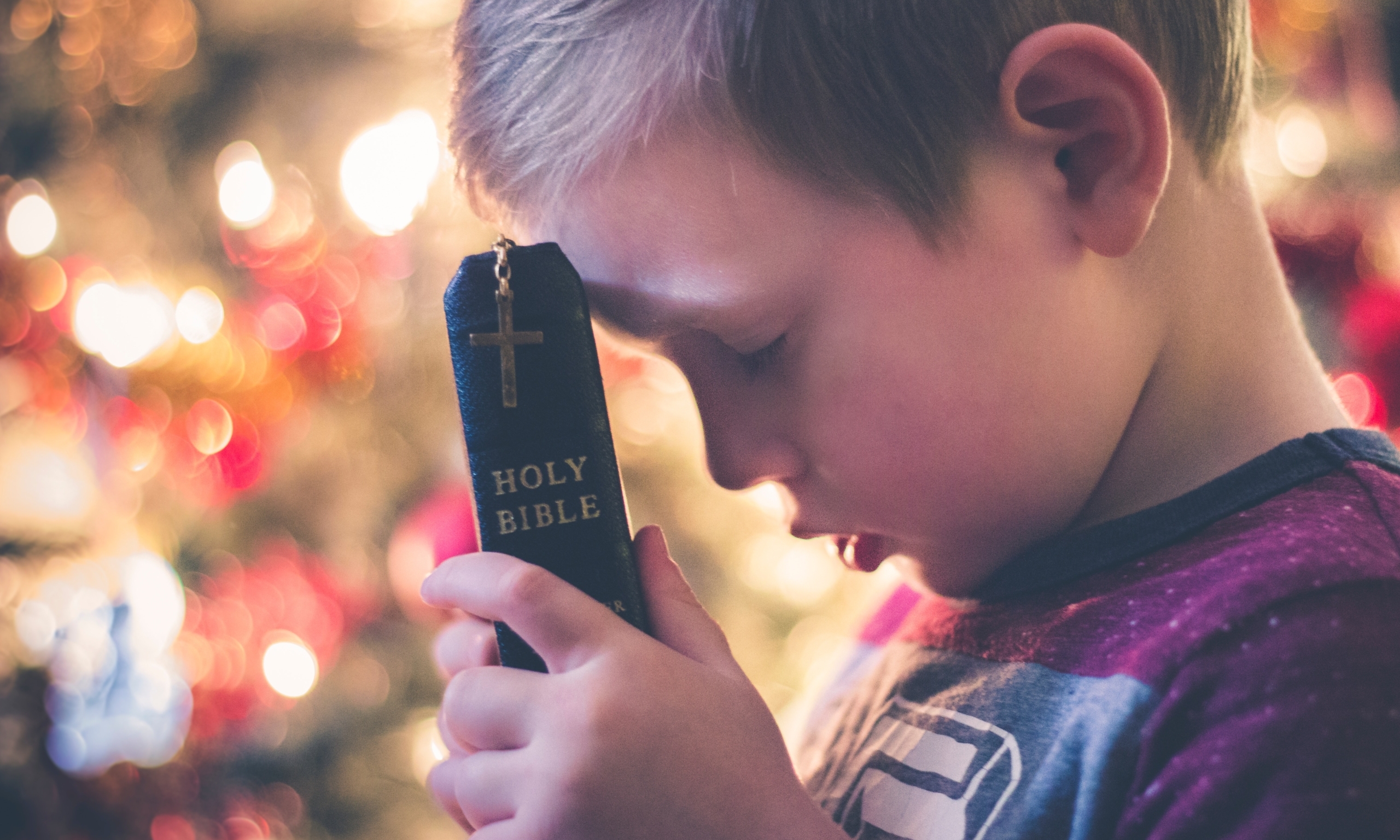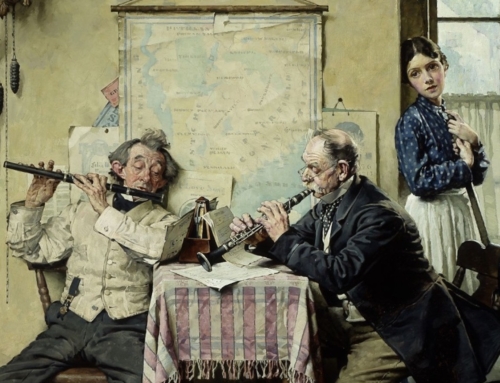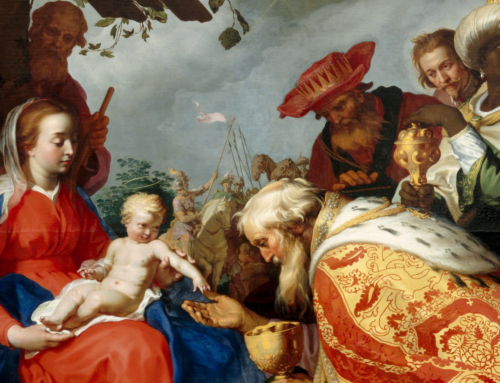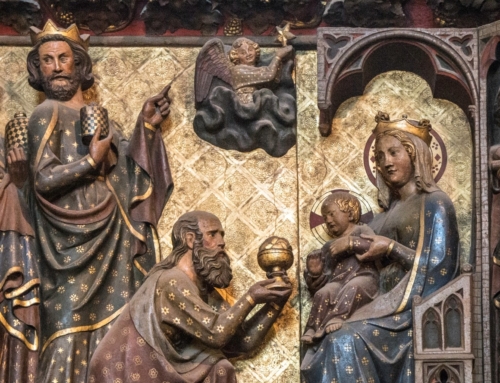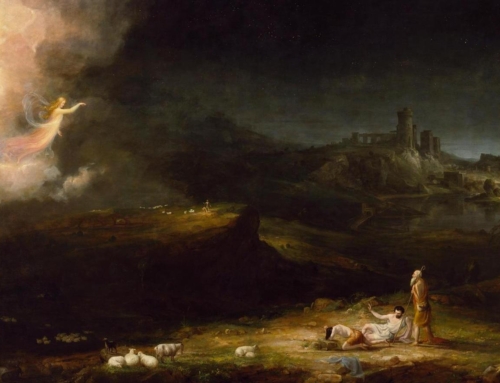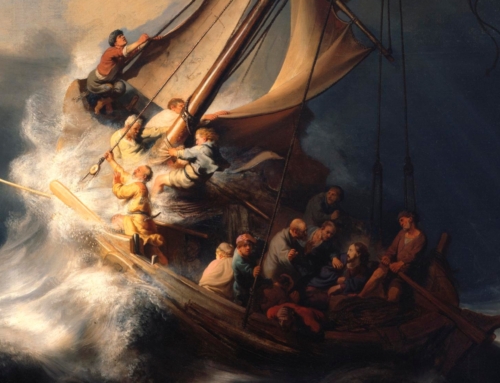The Sights and Sounds of Christmas:
“Once in Royal David’s City”
In Deuteronomy, Moses exhorts the Israelites, “remember the days of old, consider the years of ages past; ask your father, he will inform you, your elders, they will tell you” (Deut 32:7). Telling the story of God’s wondrous deeds within Israel’s history from generation to generation was an important element of passing on the inheritance of the covenant and remaining faithful to God. “We have heard with our ears, O God,” we read in the psalms, “our fathers have told us, what deeds you did perform in their days, in the days of old” (Ps 44:2).
Christians continue to tell the story of salvation and exhort their children to remember the actions of God within history, above all the full revelation of his love when the Son entered the world and suffered and died for us on Calvary. Especially during the Christmas season, we return to the story of Jesus’ birth, an event in history that has been memorialized through storytelling. It is precisely this story that puts this season in context and gives meaning to our celebrations, compelling us to retell this story year after year and from generation to generation. Even more, the frequent recounting of the first Christmas conveys anew the living and saving reality of the Incarnation to each generation.
With this in mind, the renowned Christmas hymn, “Once in Royal David’s City,” takes on a new importance and depth. Cecil Frances Alexander wrote the text in 1848 for children’s catechesis, along with “How Good is the Almighty God” and “All Things Bright and Beautiful” (Hymns for Children). Soon after its publication, the text was set to music by the English organist Henry John Gauntlett. Since then, it has become a Christmas classic, made famous by the King’s College Choir in their annual Lessons and Carols.
The hymn begins with a simple retelling of the historical Christmas moment.
Once in royal David’s city
stood a lowly cattle shed,
where a mother laid her baby
in a manger for his bed:
Mary was that mother mild,
Jesus Christ, her little child.
The second verse brings out the spiritual reality behind the birth of Jesus, who “came down to earth from heaven, who is God and Lord of all.” By becoming an infant, he not only enters the human experience but gives an example by which children should live and grow in virtue. “Christian children all should be, kind, obedient, good as he,” says the hymn. Finally, we are told that we shall see him again, not in the humility of his first coming but in the grandeur and majesty of heaven.
While the hymn remains a wonderful source of catechesis for children, any person can find inspiration from “Once in Royal David’s City.” The movements of the music draw us into the mystery of the historical moment when the Second Person of the Trinity took our fallen nature to himself in order that he might redeem us. As catechesis, the hymn inspires us not only to wonder at the birth of the Lord, but to understand that he gives us an example of authentic humanity and holiness. “Christ,” the Church tells us, “fully reveals man to man himself and makes his supreme calling clear” (Gaudium et Spes 22). The hymn reminds us of the love God has for man, that he has entered our human experience, and that he invites us into his divine life.
Telling stories is an important part of our Christian life, and from generation to generation we continue to tell the story of God’s salvific work in the world. In the singing of “Once in Royal David’s City,” we wonder anew at the mystery of God becoming man as we tell once again the story of Jesus’ birth in Bethlehem.
✠
Photo by David Beale on Unsplash

